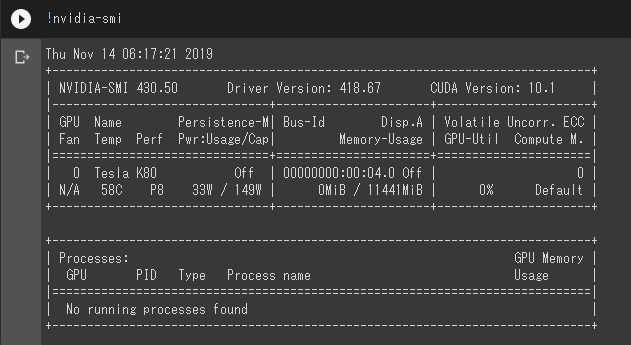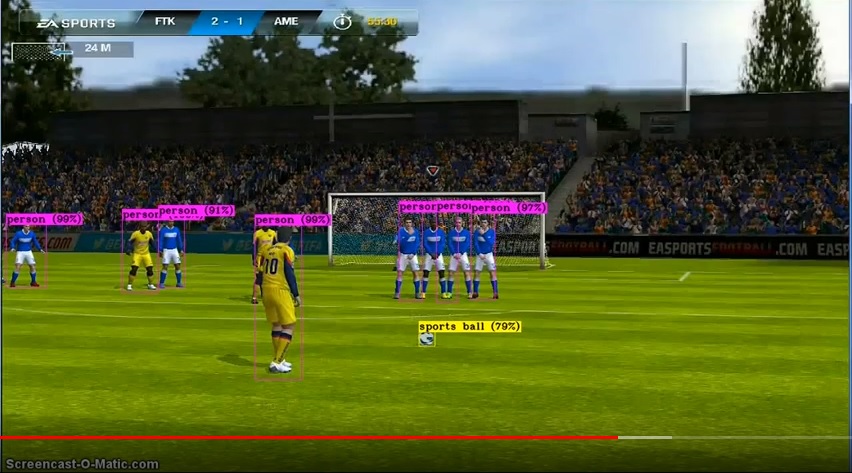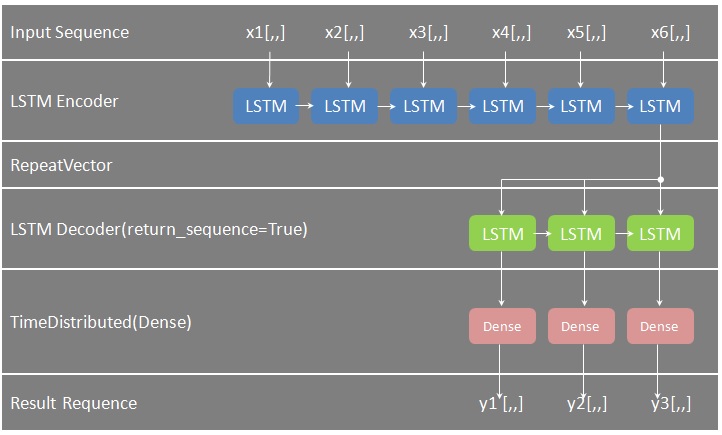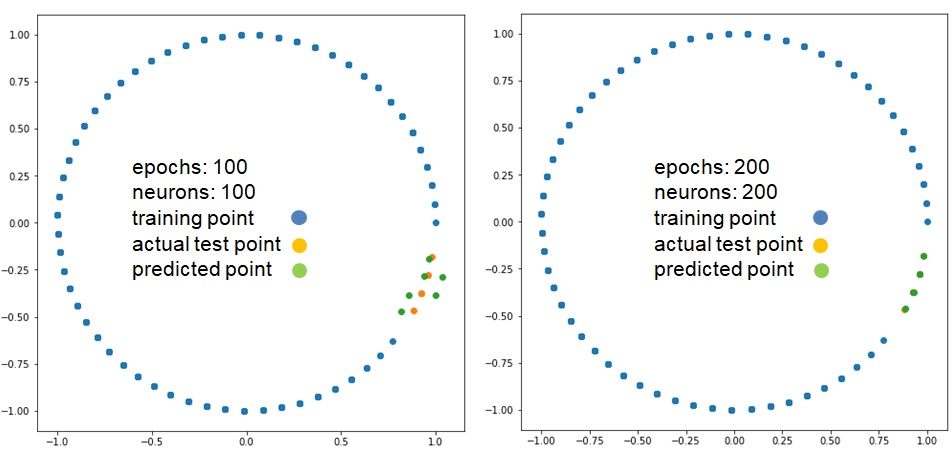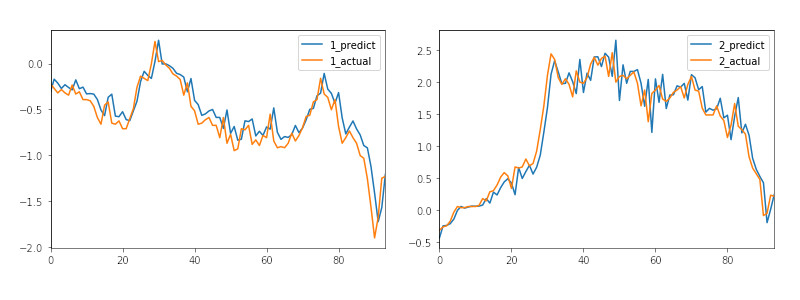概要
k-近傍法(k-NearestNeighbor、kNN)アルゴリズムは、ある入力インスタンスに対して、トレーニングデータセット内のインスタンスに最も近いK個のインスタンスを見つけて、k個のインスタンスの多数がAクラスに属すると、入力インスタンスもこのAクラスに分類される。近いかの判断基準である距離がユークリッド距離\(\sqrt{\sum(x_i-y_i)^2}\)とする。k-近傍法がほとんどの場合に使えそうで、シンプルな分類法である。実生活で少数派が多数派に従うという考え方に似ている。
実装の例
k-近傍法を利用して、0~9の手書き数字を判別する。ソースコードは下記出典から借用とする。
'''
Created on Sep 16, 2010
kNN: k Nearest Neighbors
Input: inX: vector to compare to existing dataset (1xN)
dataSet: size m data set of known vectors (NxM)
labels: data set labels (1xM vector)
k: number of neighbors to use for comparison (should be an odd number)
Output: the most popular class label
@author: pbharrin
'''
from numpy import *
import operator
from os import listdir
def classify0(inX, dataSet, labels, k):
dataSetSize = dataSet.shape[0]
diffMat = tile(inX, (dataSetSize,1)) - dataSet
sqDiffMat = diffMat**2
sqDistances = sqDiffMat.sum(axis=1)
distances = sqDistances**0.5
sortedDistIndicies = distances.argsort()
classCount={}
for i in range(k):
voteIlabel = labels[sortedDistIndicies[i]]
classCount[voteIlabel] = classCount.get(voteIlabel,0) + 1
sortedClassCount = sorted(classCount.iteritems(), key=operator.itemgetter(1), reverse=True)
return sortedClassCount[0][0]
def img2vector(filename):
returnVect = zeros((1,1024))
fr = open(filename)
for i in range(32):
lineStr = fr.readline()
for j in range(32):
returnVect[0,32*i+j] = int(lineStr[j])
return returnVect
def handwritingClassTest():
hwLabels = []
trainingFileList = listdir('trainingDigits') #load the training set
m = len(trainingFileList)
trainingMat = zeros((m,1024))
for i in range(m):
fileNameStr = trainingFileList[i]
fileStr = fileNameStr.split('.')[0] #take off .txt
classNumStr = int(fileStr.split('_')[0])
hwLabels.append(classNumStr)
trainingMat[i,:] = img2vector('trainingDigits/%s' % fileNameStr)
testFileList = listdir('testDigits') #iterate through the test set
errorCount = 0.0
mTest = len(testFileList)
for i in range(mTest):
fileNameStr = testFileList[i]
fileStr = fileNameStr.split('.')[0] #take off .txt
classNumStr = int(fileStr.split('_')[0])
vectorUnderTest = img2vector('testDigits/%s' % fileNameStr)
classifierResult = classify0(vectorUnderTest, trainingMat, hwLabels, 3)
print "the classifier came back with: %d, the real answer is: %d" % (classifierResult, classNumStr)
if (classifierResult != classNumStr): errorCount += 1.0
print "\nthe total number of errors is: %d" % errorCount
print "\nthe total error rate is: %f" % (errorCount/float(mTest))
if __name__ == '__main__':
handwritingClassTest()
ソースコードhttps://github.com/soarbear/Machine_Learning/blob/master/kNN/kNN.py
結果
the classifier came back with: 0, the real answer is: 0 ... the classifier came back with: 9, the real answer is: 9 the total number of errors is: 12.0 the total error rate is: 0.012684989429175475
手書きの例では、正確率98.7%の結果となったので、kNNが手書き数字の認識に使えそうな分類法だと分かる。kの選択について、通常小さな値を選択してよく実験して最適なk値を探す。つまり実験を通してkを選定する。入力インスタンスにもっとも近いk個のインスタンスを見つけるのがポイントである。トレーニングデータセット内のインスタンス毎との距離を計算するため、トレーニングデータセットの量が増えると計算量も増えて、無駄が多くなる。いかに計算のコストを下げて、効率よくkインスタンスをみつけるのが課題となり、k-dimension treeつまりkd-treeの出番となる。
出典
「Machine Learning in Action」、Peter Harrington氏

